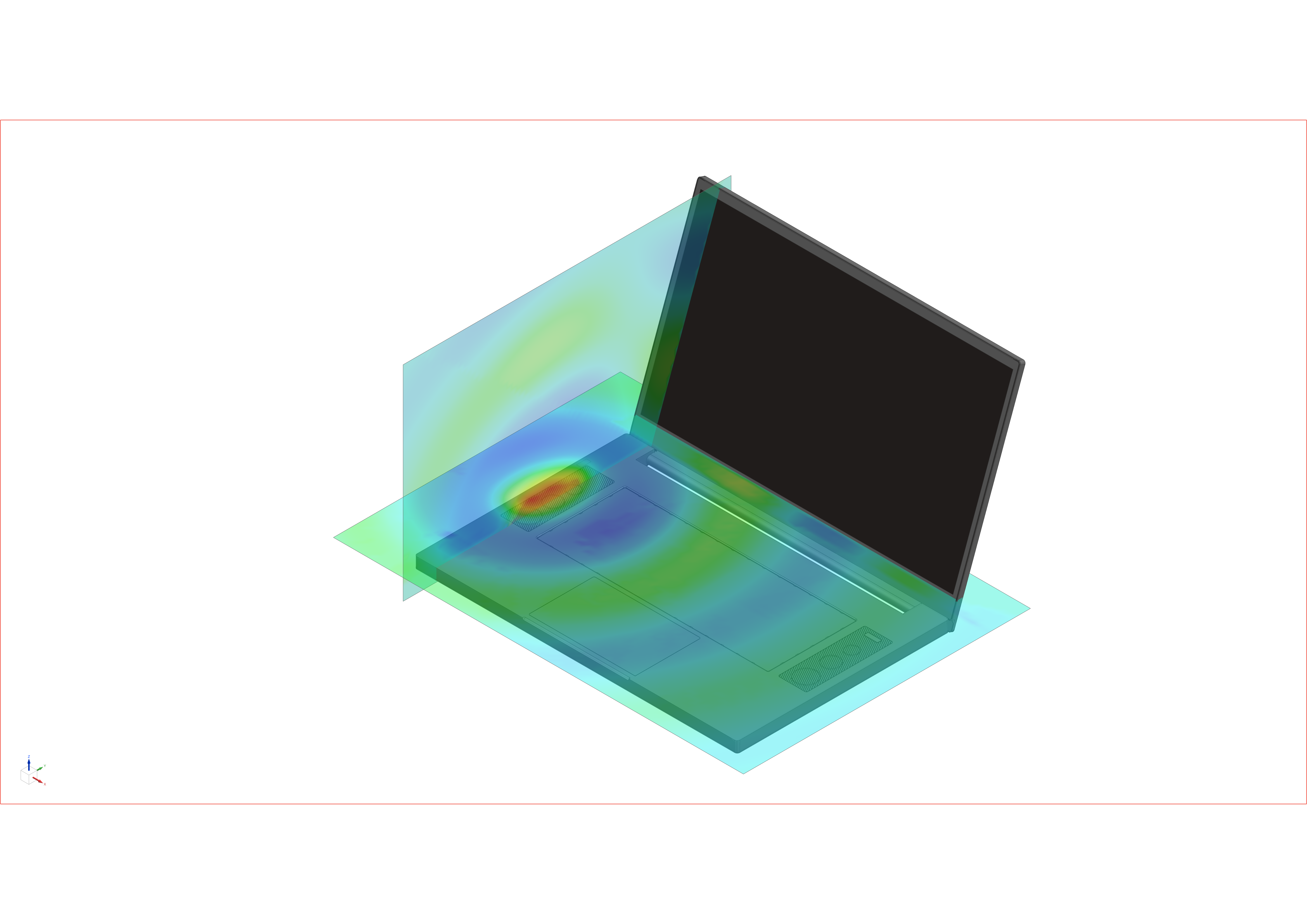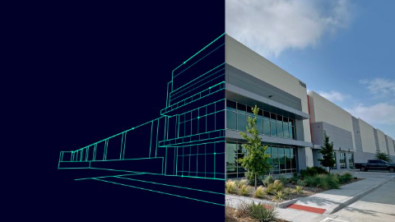Distortion? Humming? Getting better acoustic performance in consumer electronics

June 21 marks World Music Day! Some of us make music on carefully crafted instruments but most of us listen to music daily through various electronic devices: phones, speakers and computers.
Have you ever purchased a consumer electronics device and noticed the sound quality wasn’t the best? Maybe a bit of distortion in the speakers or humming noise from an internal fan made you turn the volume up a bit higher than you usually would.
When it comes to acoustic performance, consumers hold electronic products to a high standard. We expect electronics to provide quality sound and run quietly. For designers, optimizing the acoustic performance of speakers and microphones is essential to ensure an optimal consumer experience.
But, how do designers optimize acoustic performance?
Uncover acoustic performance insight early in design
Producing powerful, high-quality consumer goods requires advanced noise engineering and sound characterization. Waiting until the end of the design process makes it too costly to make changes that could improve the acoustic performance.
A combined simulation and test approach delivers critical acoustic performance insights in the early design stages. Designers can use the information to make changes at a lower cost because they can quickly evaluate multiple scenarios without expensive prototypes or delaying production.
Better understanding of physical relationships in electronics products
Miniaturization, high power density, increased cooling needs and lower cost goals add to the pressure to bring products to market faster. Developing leading and performant electronic products requires an innovative and adaptive engineering approach – there’s no time to waste and no time for rework.
By understanding the relationships between thermal, structural, vibration and acoustic performance starting at the ideation phase, design teams can eliminate rework delays due to late-stage issue identification. Companies using acoustic testing in the early development stages can also benchmark competitive products, pre-select components, and deliver data for use in simulation models.
With a combination of simulation and test in early design, design teams unlock the ability to deliver critical acoustic performance insights to deliver the best product at a competitive price.
Learn more about leveraging simulation and test to enhance acoustic performance in this webinar.


